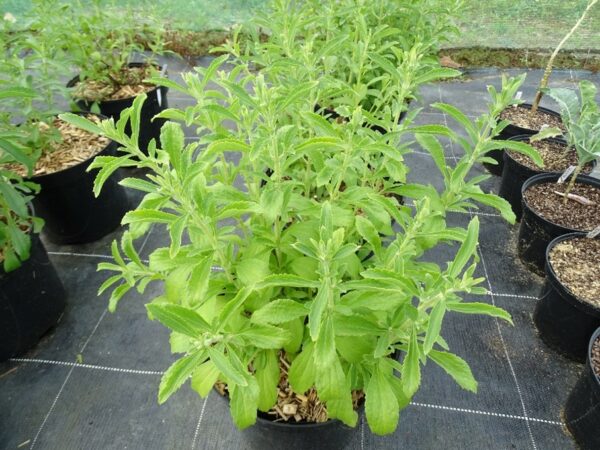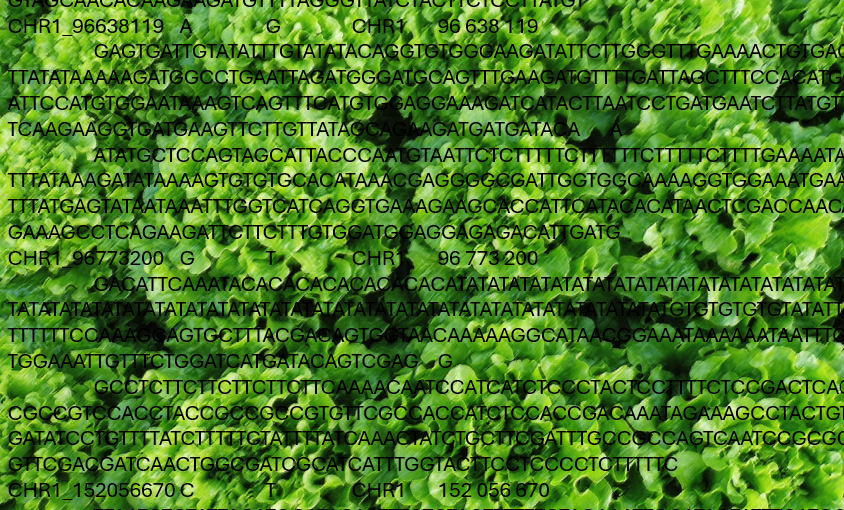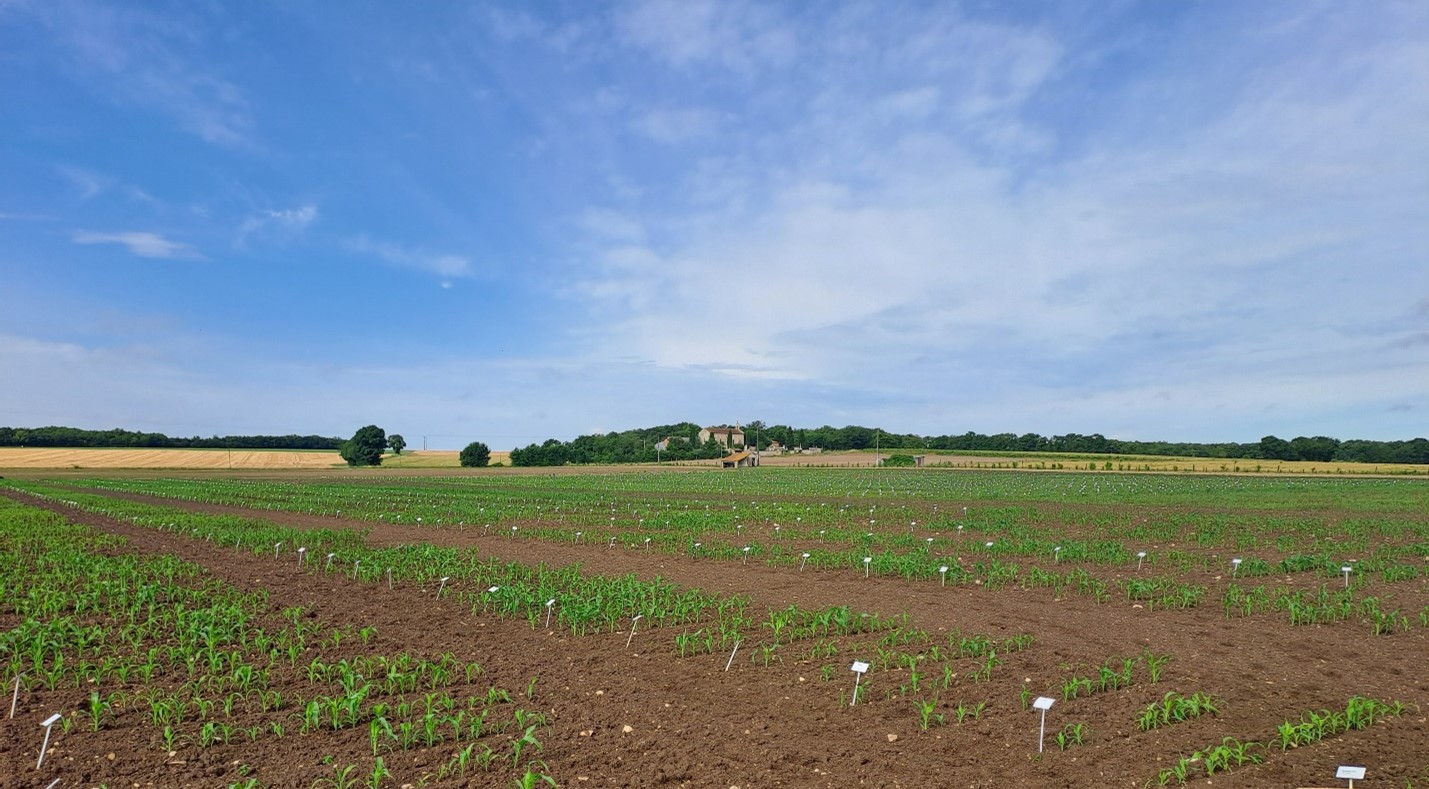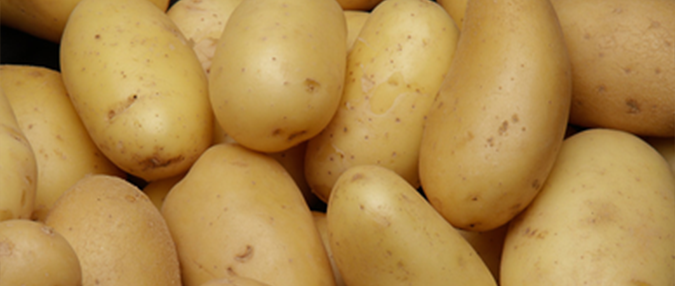
New DUS protocol for stevia
In recent years, GEVES has received several applications for stevia (Stevia rebaudiana Bertoni) variety protection. This plant, which originates from Paraguay, is cultivated to extract steviol glycosides (SGs), which have a sweetening power 200 to 300 times greater than that of sucrose. These SGs could replace synthetic sweeteners. At international level (UPOV and CPVO) there is currently no DUS test protocol for this species. GEVES, drawing on the experience of Japan and Argentina in particular, has therefore developed a national protocol and, more specifically, a method for evaluating SGs content.
This content, linked to the main molecules stevioside (S) and rebaudioside A (RA), was determined by the HPLC liquid chromatography technique. The results of this method on the varieties studied, and spread over 3 years, showed the interest of this characteristic given its stability. In addition to the phenotypic characteristics related to plant shape, stem, petals, sepals and achene, the S/RA ratio could therefore be taken into account for variety descriptions. On the basis of these years of studies, a DUS protocol with 28 descriptive characteristics was proposed to the CPVO and applied for testing this species at GEVES.




